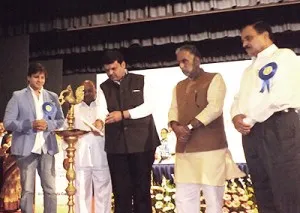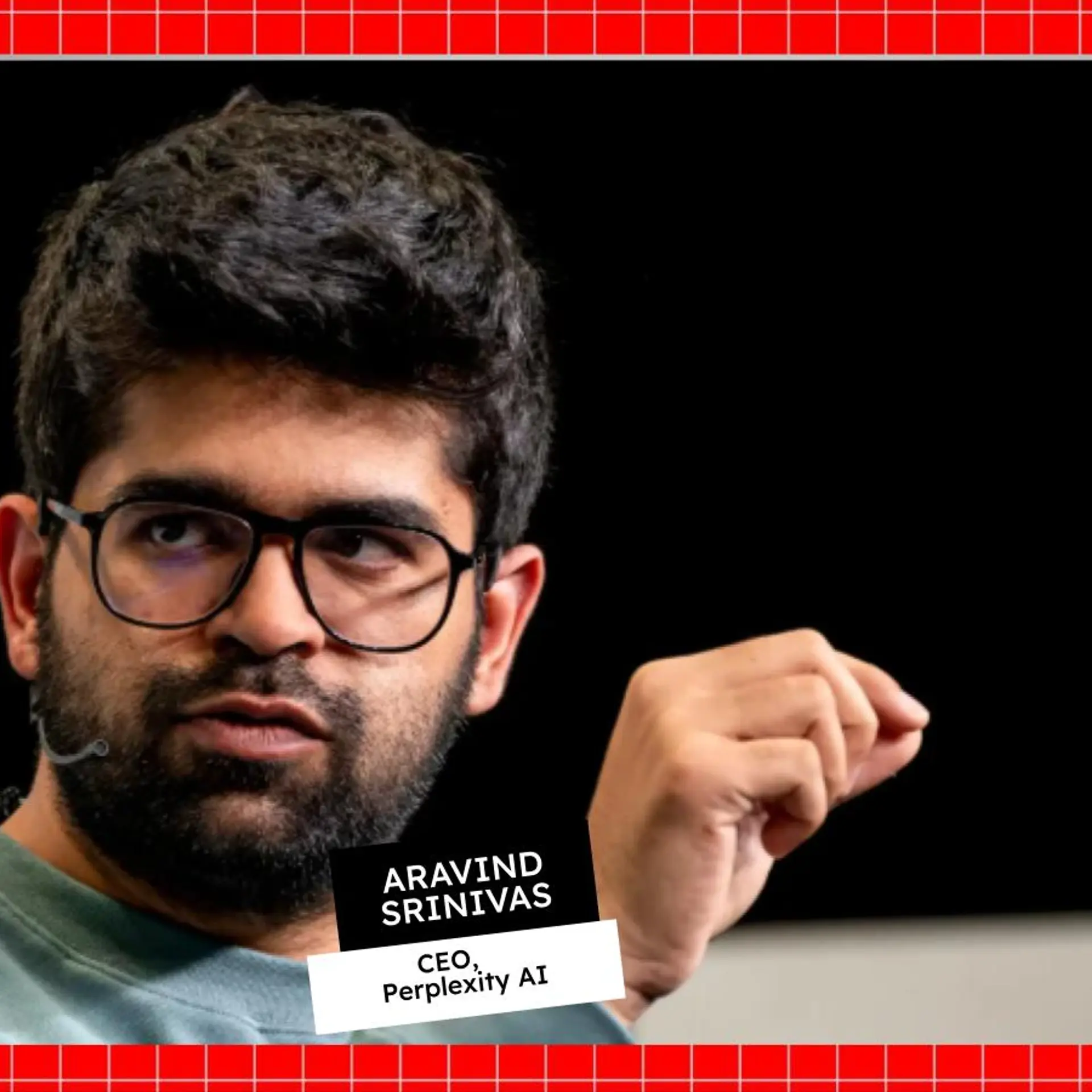What Stephen Hawking started, but the Indian Government couldn’t finish: The inaccessibility of India for its disabled population
The year was 2001. No one less than Stephen Hawking himself administered a wake-up call to our country for being an utterly hostile for disabled people. The legend wished to visit India and witness its gems – the Taj Mahal, Red Fort, Humayun’s Tomb, Jantar Mantar, and Qutub Minar – only to learn that none of them are equipped to have a person with his needs grace them, lest he travel with an entourage who would help him perform the most mundane of tasks – like going up a set of stairs.
Stephen Hawking, who uses a wheelchair, spent his entire lifetime overcoming ALS, which meant a complete paralysis of all his senses. With stellar innovations, he managed to live his life independently and realised his potential to become a stalwart physicist. You now understand why he couldn’t fathom the fact that he couldn’t visit the Taj Mahal, India’s most popular tourist attraction, without a team of babysitters. A.S.I. heeded the call for action and built ramps overnight. But here’s what’s more irksome – soon after he left the country, they audaciously proposed lifting up the ramps and undoing all their efforts to make that minuscule section of India accessible – only going to show how ignorant they were of the actual need for such infrastructure. It was only after the media backlash that the A.S.I announced their intentions to finally make monuments ‘accessible.’
Dorodi Sharma, of D.N.I.S., described how it took decades for India to even learn the term ‘accessibility.’ “And when it did it was more out of accident than intention.”
A physical impairment only turns into a ‘disability,’ when the society makes one feel that way
A lesser known fact, that would the PwD – or Persons with Disabilities – Act had already been adopted in 1995, an entire five years before his visit. It really makes you wonder who is impaired amongst the two – is it the world’s largest differently-abled population residing in our country that has been living life heroically every single day despite receiving no added patronage – or is it the world’s largest democracy that has been astonishingly blind to the special needs of almost eight per cent of its population.
Moreover, this exposes the stubborn stains in the Indian mentality – of reducing a person to their appearances, which in this case, is their disability. Some of us even consider it a curse; but all of us most certainly perceive it as a condition with a sense of finality – something that strips a person of any chance of having a full and happy life. Rather than affording them solutions, support, and encouragement, all we have to offer is pity – which only compounds their feeling of being victimised.
As a result, the onus to battle their circumstances is laid entirely upon the disabled. We assume the role of mere bystander. Applauding the ones who overcome their impairments, and sighing heartbrokenly for the ones who fail, most of us feel content lending them a hand while crossing the street. What they need is support that makes them independent, not the kind that makes them feel further dependent and helpless.
“A physical impairment only turns into a ‘disability’ when the society makes them feel that way,” says Mukesh Jain, Secretary of the Accessible India Campaign. Vivek Oberoi, actor and philanthropist, added, “These are unsung heroes with great talents. We need to enable them instead.”
How this law failed the disabled
In the years to come, India became a signatory to the UN Convention on the Rights of Persons with Disabilities in October 2007. Article 9 of UNCRPD casts an obligation on the signatory governments to take measures to ensure to persons with disabilities gain access to the physical environment, transportation, information and communication and other facilities and services open to public, on an equal footing as the public.
But we have failed to adopt these mandates in totality. Shivani Gupta, Founder of AccessAbility, who has been striving toward the cause of Accessibility in India for over a decade, explains how the system has failed her and over 70 million others like her. “For starters, all states and union territories have not even ratified to the Act passed at the centre – only 17 states have. But all states must adopt accessibility – all projects would get certificate of progress only after the plan is accessible.”
“An Act alone won’t help it. The government needs strong monitoring framework. A foolproof legal framework must be adopted, not just through the PwD act, but a range of Acts. Accessibility must be initiated into all policies – procurement, ICT, broadcasting, transportation, infrastructure, right to education. For it to be truly implemented – it must find its way even into things which might be under a privatised purview – for example, right down to a building’s by-laws of having an accessible design, or not receiving a certificate to progress with its construction,” says Shivani.
The term inclusivity has been used extensively by various entities to foster a welcome environment for diversity. But Shivani points out that the term often forgets to cover ‘disability’ – hence, the ambiguity of it must be overcome by mentioning in exact words – “universal design for disabled people” or something to that effect.
Besides, there are some fundamental flaws in our ecosystem, which suggest that the programs were doomed to fail. To begin with, there are no formal programs or courses to study accessibility in India. Shivani herself had to head to London to study her course and become an expert. This automatically ruptures the pipeline of trained manpower, for disability requires a range of professionals. Creating professionals and grass-root technicians is a dire necessity.

The Accessible India Campaign
An ambitious Accessible India Campaign, or Saugamya Bharat Abhiyan, was inaugurated on September 24, 2015 in Mumbai by the Department of Empowerment of Persons with Disabilities under the Ministry of Social Justice & Empowerment – as a nationwide effort for achieving universal accessibility for persons with disabilities.
This campaign was formulated to truly enforce the provisions of the 1995 act, with a more aggressive and tangible trajectory. “Make the Right Real” is the sentiment at the heart of the campaign, and “enhance access to the physical environment, public transportation, knowledge, information and communication.” This campaign is to help people with disability live a safe, productive and dignified life. Productive and dignified might be the key in the Indian context. We fail to recognise the skill and talent that a disabled person has to offer, by choosing instead to fixate on their mutations and making assumptions about their capabilities. And by presuming that their narratives are tales of misery, we strip them of the right to lead normal and respectable lives.
Plan of action – reason to be hopeful?
Under this campaign, 50 cities across India have been adopted for its first leg. 50–100 government buildings, or Bhavans, in each of these cities are to get an accessibility facelift. Out of this, 50 per cent of the work performed on the structures is to be accomplished by July next year. Alongside, 75 major railway stations and all international airports will be made accessible to people with physical disabilities.

There have even been flaws in the determination of disabilities and the procurement of certificates for the disabled, in the past, thus preventing them from availing the provisions created for their benefit. In that regard, the campaign aims to launch a universal identity card for the disabled, and recognise 12 more kinds of disabilities, over and above the present seven, by February next year.
Union Minister for Social Justice and Empowerment, Thawar Chand Gehlot, also announced the vision of the government to have an inclusive society in which equal opportunities in all three arenas – buildings, transport, and information technology. “In this era of information explosion, if such a big section of the society is kept away from it, we can never term our success as overall progress,” he said.
He underlined the plans of making 3000 websites accessible during the first year – by enabling text to speech, audio descriptions, and subtitles. The Ministry of Information Broadcasting will also be looped into bring these plans to life.
“We had formulated the framework in 1995 – but simply procedures are not enough, we need plans of action to follow them through,” said Devendra Fadnavis while inaugurating the campaign. The Maharashtra Chief Minister also shoulders the responsibility of making four cities – namely Mumbai, Pune, Nashik, and Nagpur accessible – as a part of the campaign.
“We are also going to launch an app where people can send in pictures of public spaces and buildings which they think need to be made more accessible. It will eventually help the government map all these places,” Mukesh, Joint Secretary in the ministry, revealed.
Accessibility cannot be achieved in a campaign mode
Shivani Gupta, however, feels that accessibility cannot be achieved in ‘campaign mode.’ “For accessibility, you have to plan very long term. This Abhiyan will definitely bring about awareness, but the Ministry of Urban Development has to fully own the issue of physical accessibility through their policies and schemes. “The government has to push technical bodies like the AICTE, the nyasa to ensure the universal design becomes part of the curriculum,” she feels.
The government is not fully capitalising upon the power it houses to bring about change. Private organisations and privately managed public spaces, such as restaurants and cinema halls, may not fall under the ambit of the PwD Act, but there are certainly ways to ensure compliance. In USA, Barack Obama has been adhering to a strict rule, wherein he only visits buildings which are built with an accessible design. “If Modi were to employ such a principal, all entities will have no option but to comply. For example, if he were to announce that the contracts to lifts will only be awarded to a company that has complied with accessibility guidelines, why wouldn’t companies get their acts together?” Shivani muses.
She feels we need a top-down and a bottom-up approach. “We don’t have standards that the community is satisfied with. 2014 guidelines came out. While they are progressive, they aren’t progressive enough. Why shouldn’t we have high standards? We need to adopt a uniform strict compliance to any standards or guidelines. And most importantly, they must be acceptable to disabled people – you can’t make decisions without consulting them, and this can only be achieved if they are involved at all levels.”
“These are big numbers, big dreams. But our dreams should be bigger than our fears. Twenty-five years from now, we sincerely hope that we can tell our children and grandchildren how we were part of the historic movement that made India accessible,” Mukesh concludes.







![[Startup Bharat] How this Jaipur-based skincare brand aims to lead the market by focusing on ‘transparency in beauty’](https://images.yourstory.com/cs/2/d72b5ef09db411ebb4167b901dac470c/minimalist-1632224585710.png?mode=crop&crop=faces&ar=1%3A1&format=auto&w=1920&q=75)